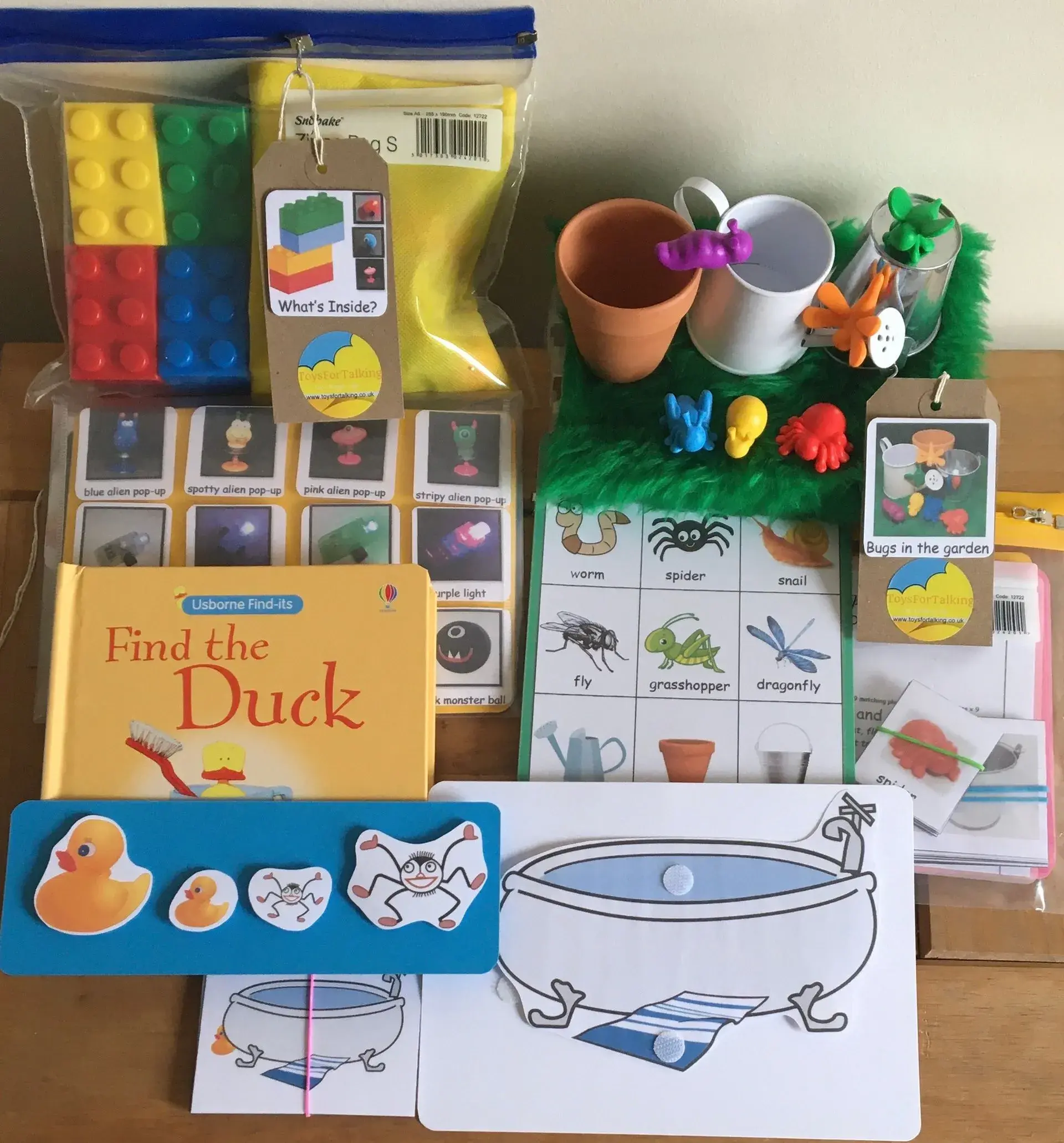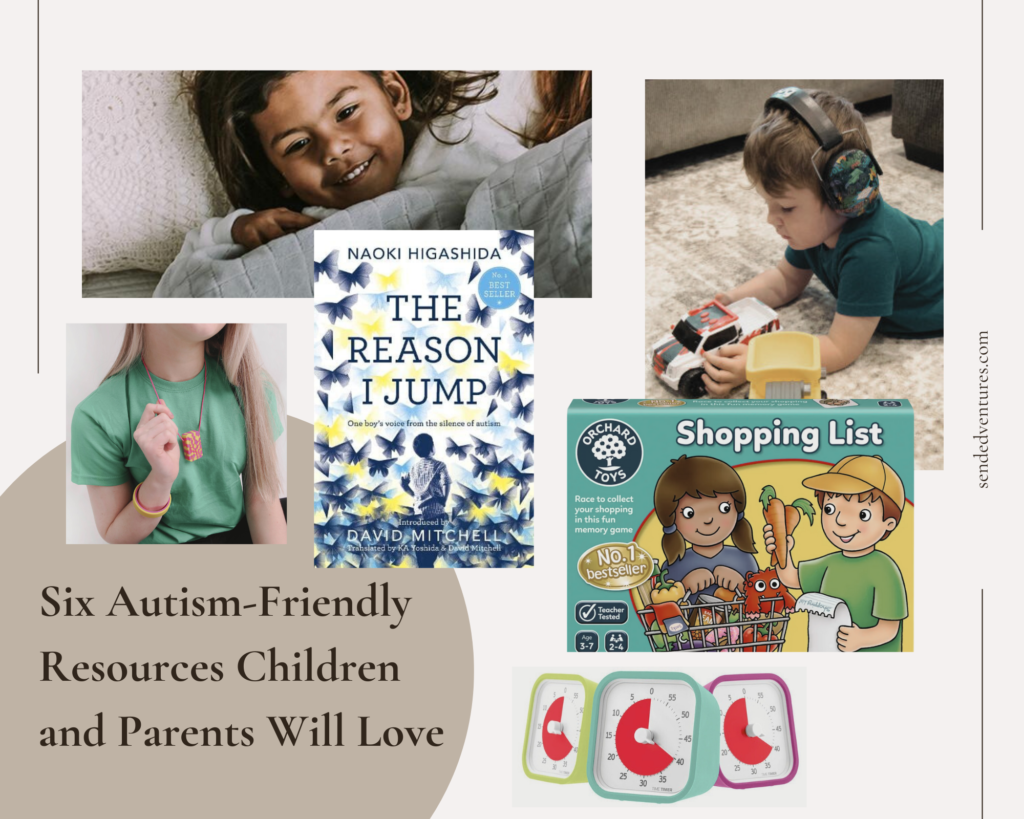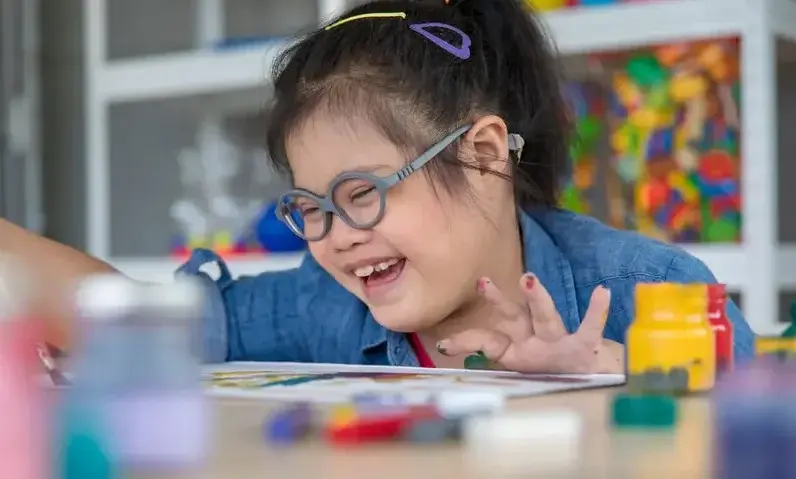From hit dramas to viral TikTok clips, portrayals of autism in the media shape how the public sees and understands autistic people. But how accurate are these depictions, and what more needs to be done? We spoke with Leo Capella, Training Consultant at the National Autistic Society, to explore the current landscape of autism representation and where change is most needed.
To begin with, how would you describe the current landscape of autism representation in mainstream media?
Autism representation in mainstream media is better than it has been. Some good depictions are coming out, including The Stimming Pool (created by a collective of autistic directors) and non-fiction such as The Assembly, which includes people with learning disabilities. But we still need to do far more to improve representation in the mainstream and connect existing representation from being a niche into the mainstream.
We also have stories with autistic people that represent autistic people generally that need far better distribution and promotion. For example, Keep The Change, a whip-smart American mature autistic comedy-romance drama about a couple of autistic people at a support group (played by autistic actors), should have made far more waves than it did, been distributed far more widely, and could have been a blockbuster in my opinion. There’s also a small but not insignificant band of independent authors and artists who could do with support and, where possible, wider distribution for their stories. We’ve got a lot of stand-up comedians, such as Hannah Gadsby, and many performers—especially comedians—taking on the Edinburgh Fringe and other festivals like Brighton Fringe. There are lots of good elements that need to be driven far further forward in society.
Over the years, how have portrayals of autistic characters in television, film and literature evolved?
It’s come a long way—from autistic people being portrayed by non-autistic people to being their own characters with their own hinterlands and sense of self. For example, we’ve moved away from the autistic savant in Rain Man (played by non-autistic actor Dustin Hoffman) to autistic actors playing a variety of roles, such as Ella Maisy Purvis in the Channel 4 drama Patience.
We’ve also seen more complex characters instead of more simplistic ones (such as Christopher Boone in The Curious Incident of the Dog in the Night-Time), and more adults featured rather than the focus being solely child-centric. Although there is still a long way to go.
Do you think current portrayals of autistic characters reflect the full diversity of the autistic community, including race, gender and differing support needs?
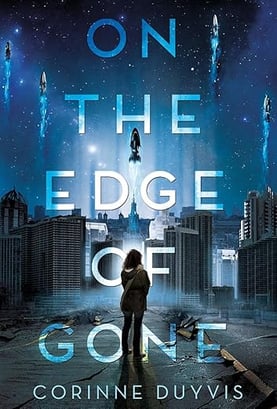 We’ve taken steps forward on diversity. For example, River in Hollyoaks, played by Tylan Grant, is a great example of someone who is non-binary and from a non-white background. Kojo in EastEnders is a good example of someone who isn’t a savant, is from a non-white background, and has a strong family support network. But we need more examples, including an autistic manager or autistic leader.
We’ve taken steps forward on diversity. For example, River in Hollyoaks, played by Tylan Grant, is a great example of someone who is non-binary and from a non-white background. Kojo in EastEnders is a good example of someone who isn’t a savant, is from a non-white background, and has a strong family support network. But we need more examples, including an autistic manager or autistic leader.
A lot of autistic main characters in books are female—whether On The Edge of Gone by Corinne Duyvis or Jo Jones in the new series of books by Debra Schillaci. However, there is still more work to do, including highlighting differing support needs (despite some interesting depictions of people with support needs, including The Accountant duology).
We also need to see more non-speaking autistic people, including those with high support needs. The Reason I Jump was a good example of a documentary that did just that, providing a diverse array of non-speaking people from different countries and situations. We need more documentaries like this.
Popular TV shows that depict autism, such as The A Word and Atypical, have reached a broad audience. What impact do these depictions have on public understanding of autism?
They can powerfully improve attitudes and expand public understanding of autistic people and their families. In a survey we carried out in 2024, more than half (52%) of autistic and non-autistic respondents agreed: “Autistic people should not be underestimated—autistic people have the potential to achieve so much more than society allows.” The A Word highlighted the realities that parents of autistic children can face, as well as the community and personality autistic people can have—for example, some supporting actors were autistic.
How do you feel about the frequent focus on “exceptional” or “savant” abilities in autistic characters? Does this risk distorting public perceptions of what autism truly looks like?
This often stems from trying to prove or reinforce that autistic people have “power,” which equates to value in society—something that doesn’t always need to be the case. Instead, we need to show how varied the autistic spectrum can be. Some autistic people need lots of support in some areas and less in others, while people with high support needs can hold their own in society too—if given access and resources.
In what ways do inaccurate or stereotyped depictions of autism in popular culture affect the everyday lives of autistic people and their families?
They limit public understanding and restrict opportunities for autistic people and their families. The employment rate, for example, is stubbornly stuck at around three in ten people. Stereotyped, polarised narratives lead people to second-guess autistic people—both in what they can do and the support they need. Accessing services or getting jobs becomes harder when you’re climbing against the weight of misconceptions.
How can parents help autistic children navigate what they see in the media, especially when it might not reflect their own experience?
Parents can discuss the differences between autistic people shown in the media and real-life diversity across the spectrum, as well as other human factors that might affect behaviour. Talk about common ground, too—everyone has their own journey and abilities.
Parents can also talk about what can be changed. If someone lives in a world that isn’t suited to them, it’s not about saying “that’s just how it is.” Ask how you can play your part in making society better for everybody.

What role can media play in supporting a more authentic, respectful understanding of neurodiversity?
The media can call out myths and inaccuracies, check their own stories, and put out stories led by autistic journalists where possible. It can also highlight the diversity of autistic people and their families—and how those diversities interact.
Are there any examples of particularly well-researched or inclusive portrayals of autism that the National Autistic Society would highlight or point families towards?
We’ve worked on projects including I Used To Be Famous (Netflix) and the BBC’s EastEnders, which we’d highlight as good examples of representation. There are reviews available here by autistic and neurodivergent people.
For non-fiction, we highly recommend Inside Our Autistic Minds and Inside Our Minds, presented by our Celebrity Ambassador Chris Packham. They were well-researched and give autistic people a voice and platform to share their experiences. Our charity also uses the videos autistic people made as part of the documentary in our training and consultancy courses, so its legacy is strong.
How important is it for autistic individuals themselves to be involved in the creative process—writers, consultants or actors—when developing content that includes themes around autism?
It’s critical. Depicting autistic people effectively helps share stories that move the conversation along and change society. A major issue with many depictions is that they can be clunky or exaggerate behaviours. There’s also scope for autistic and non-autistic writers working together to tell shared stories—as shown in Patience, with an autistic criminal archive worker and a non-autistic policewoman working together.
Do you think the British media industry is doing enough to provide a platform for autistic voices and stories?
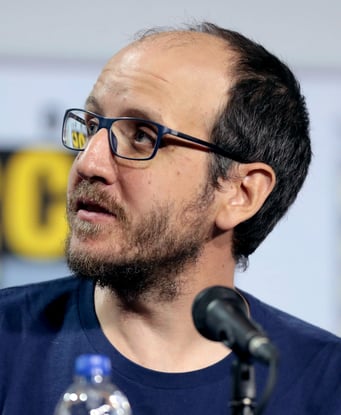 We need to do far more. We’ve got autistic actors making their way up, but we should really emphasise autistic directors and writers too—such as Jack Thorne.
We need to do far more. We’ve got autistic actors making their way up, but we should really emphasise autistic directors and writers too—such as Jack Thorne.
We need to think about the stories that could be told and the under-represented voices, including autistic people. There are good stories out there and great performers—shown by the number of autistic and neurodivergent performers at the Edinburgh Fringe in recent years, and the number of books by autistic writers, particularly women such as Debra Schillaci. The challenge is to bring them forward and create clear paths for autistic people to consistently bring their stories into the mainstream.
There are many stories with autistic main characters not played by autistic people—though there are exceptions. We need to think about how to get autistic actors into lead roles in mainstream films and autistic directors consistently directing films or TV.
What advice would you offer to journalists, producers or content creators who want to represent autism ethically and sensitively?
The National Autistic Society has a guide for journalists and producers to support autistic people to take part in media interviews. We also provide guidance on how to talk and write about autism.
But above all, whatever your role, reach out to autistic people themselves and ask how they would like to be described—or co-produce content with them. There are lots of autistic creatives and professionals who would make great collaborators.
What impact has the rise of social media had on autism visibility? How do platforms like TikTok, YouTube and Instagram shape public awareness? Have you seen an increase in people misunderstanding autism because of viral content?
There has been an increase in autism diagnosis over the past 20 years. Research and our insight suggest this is likely driven by greater awareness and better access to diagnosis. We believe this is in large part due to tireless campaigning by autistic people and their families, including more people in the public eye talking about being autistic.
Many people first learn about autism through media—often social media videos—recognise their own experiences and wonder if they might be autistic. This is how many begin their journey to assessment. It is, however, very important that any content is accurate and includes links to reliable information and advice, such as the NHS and our charity’s website.
Finally, what is the National Autistic Society’s vision for the future of autism in the media, and how can platforms like ours support that mission?
Our Moonshot Vision sets out what a society that works for autistic people looks like. This includes autistic people having a platform to shape public narratives, so representation and stories are commonplace; anti-autism stereotypes and misinformation becoming a thing of the past; stimming and other autistic characteristics being respected; and the vital role of family, friends and carers being recognised as a force for good.
That means promoting a wide array of stories from autistic people and their families and, where possible, giving platforms to autistic artists. Our website includes Stories from the Spectrum, which share the first-hand experiences of autistic people and families. Other organisations doing great work include Heart n Soul, Mainspring Arts, The Stims Collective and Disability Arts Online.
For more information, visit: autism.org.uk
Disclaimer: The views and opinions expressed in this interview are those of the individual or organisation featured and do not necessarily represent or reflect the position of SEND EDventures.


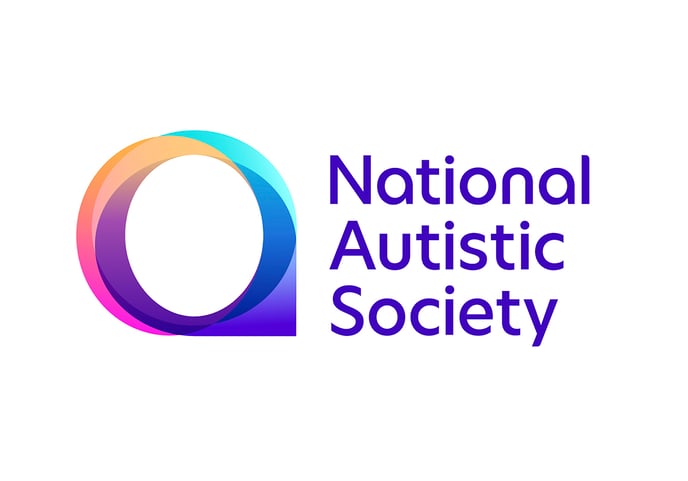
-1.png)
